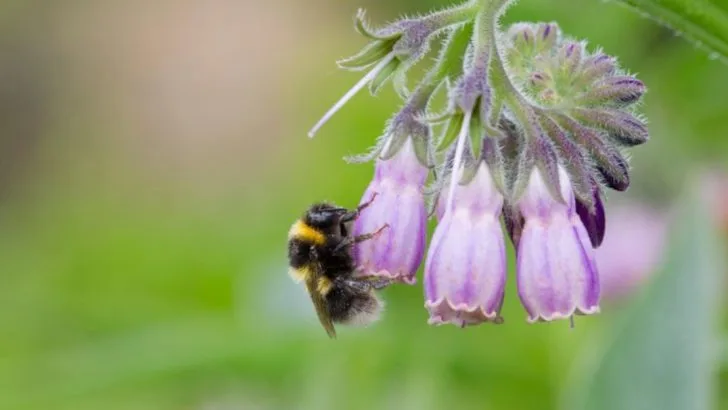Nature is full of powerful healing plants, many of which can be grown right in your own garden. Wild plants with medicinal properties have been used for centuries to treat a variety of ailments, from minor cuts to more serious conditions. With the right knowledge and care, you can grow these beneficial plants at home, making your garden not only beautiful but also a source of natural remedies.
From soothing herbs to anti-inflammatory flowers and pain-relieving roots, these plants offer a wide range of benefits. Growing them at home means you’ll have access to fresh, organic remedies whenever you need them, all while reducing your reliance on synthetic medications.
In this article, we’ll explore 18 wild plants with medicinal properties that are easy to grow in your garden, helping you create your own natural pharmacy right at home.
Chamomile

Known for its calming effect, chamomile can be a gentle aid for sleep and relaxation. This plant produces small, daisy-like flowers that not only look charming but also pack medicinal benefits. Chamomile tea is popular for soothing anxiety and promoting restful sleep. It thrives in well-drained soil with plenty of sunlight, making it an ideal candidate for pots or garden beds. Regular pruning encourages continuous blooming, providing a steady supply of flowers. Incorporating chamomile into your garden can offer a natural remedy for stress and a fragrant addition to your outdoor space.
Echinacea

Echinacea is treasured for boosting the immune system and helping ward off colds and infections. Its striking pink or purple flowers not only add a splash of color to your garden but also serve as a natural remedy. This resilient plant thrives in sunny spots and requires minimal care, making it perfect for beginners. Regular watering and occasional feeding can keep echinacea healthy and blooming. By cultivating echinacea, you can enjoy both its visual appeal and potential health benefits, providing a beautiful and functional addition to your garden.
Lavender
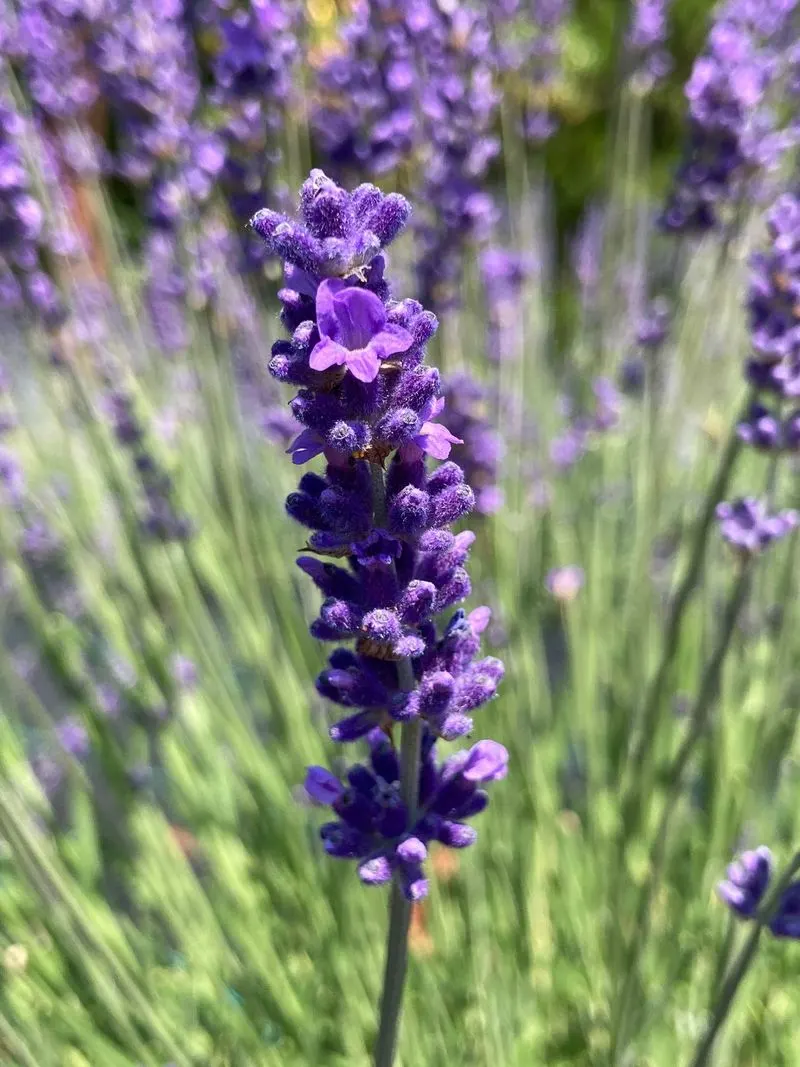
Famed for its delightful fragrance, lavender is more than just a pleasant scent. Its essential oils can promote relaxation and alleviate headaches. Lavender grows best in well-drained soil with full sun exposure, requiring little maintenance. Regular harvesting of its flowers encourages new growth and a continuous supply of aromatic blooms. By planting lavender, you not only enhance your garden’s beauty but also gain a versatile plant with numerous therapeutic uses, from teas to oils. Its calming scent can be a natural way to relax after a long day.
Peppermint
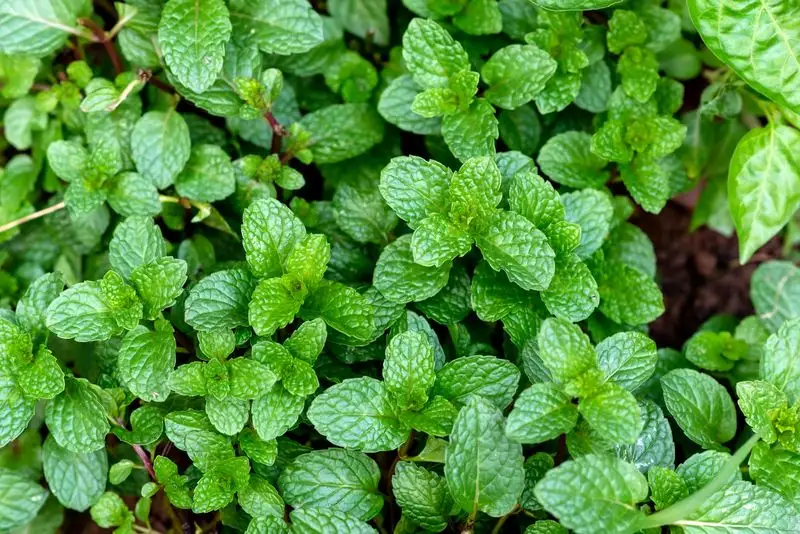
Peppermint is a refreshing herb known for aiding digestion and freshening breath. Its unmistakable aroma and flavor make it a popular choice for teas and culinary dishes. Peppermint prefers moist, rich soil and partial shade, spreading rapidly if not contained. Harvesting the leaves regularly ensures a fresh supply for teas or cooking. Growing peppermint in containers can prevent it from overtaking your garden. Its invigorating scent and taste can uplift your senses, making it a valuable addition to any home garden setup.
Aloe Vera
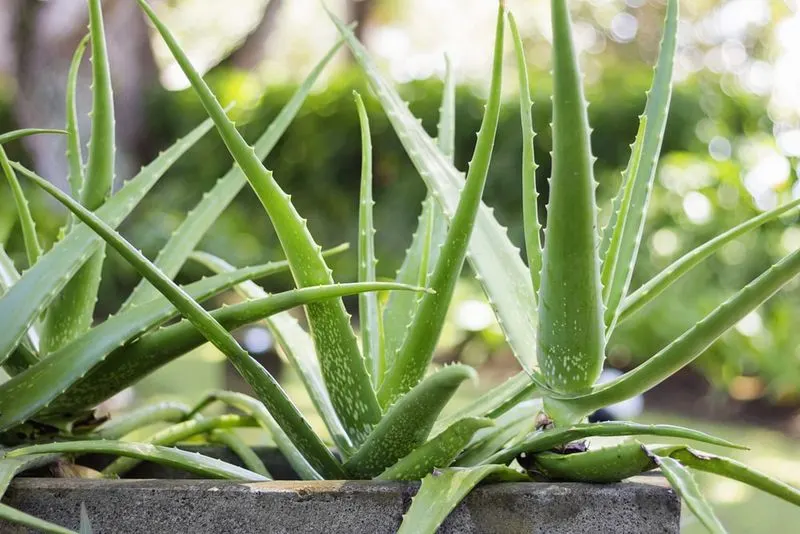
Aloe vera is celebrated for its soothing gel that can treat burns and skin irritations. This succulent thrives in sunny, dry conditions, making it low-maintenance and easy to care for. Aloe vera stores water in its thick leaves, so infrequent watering is sufficient. The gel inside the leaves can be applied directly to the skin for relief from minor burns and irritations. Keeping an aloe vera plant at home can provide a handy, natural remedy for everyday skin issues, along with a unique visual aesthetic.
Calendula
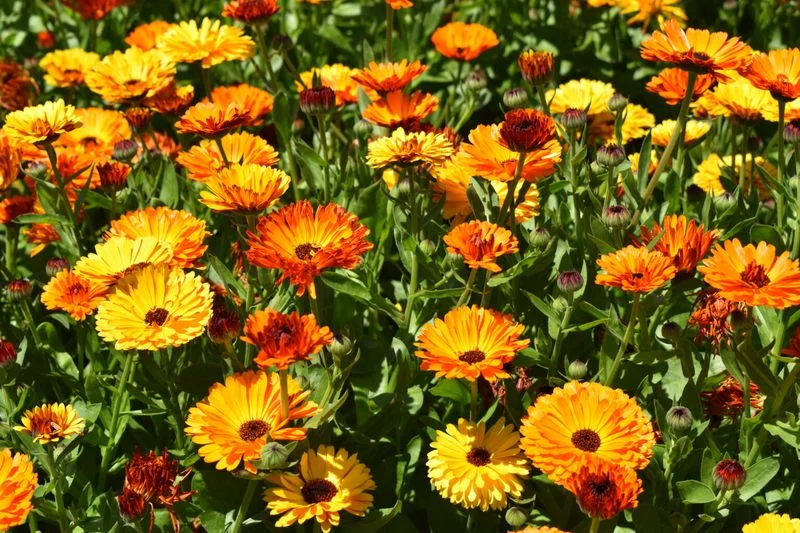
Calendula, also known as pot marigold, is admired for its vibrant blooms and skin-healing properties. Its petals can be used to make soothing balms and creams that treat minor cuts and irritations. Calendula loves sunny locations and well-drained soil, flourishing in various garden settings. Regular deadheading promotes more blooms, ensuring a colorful display throughout the growing season. By growing calendula, you embrace both its cheerful appearance and its potential to provide natural skincare solutions, enhancing your garden’s beauty and utility.
Yarrow
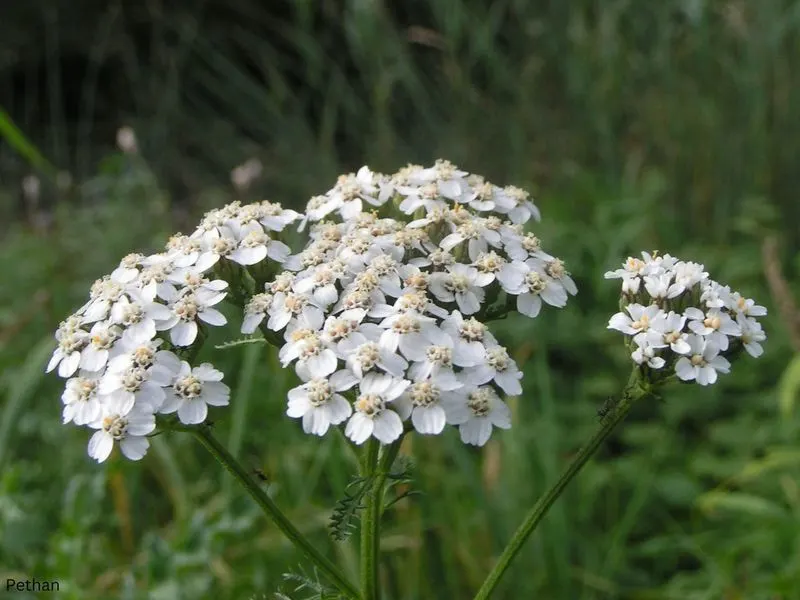
Renowned for its ability to staunch bleeding and aid in wound healing, yarrow is a versatile herbal ally. This hardy perennial produces clusters of tiny flowers and feathery leaves that thrive in sunny areas. Yarrow is drought-tolerant, requiring little care once established, making it an ideal choice for low-maintenance gardens. The plant’s leaves and flowers can be used in teas or applied externally to cuts. Cultivating yarrow not only adds resilience to your garden but also offers a functional plant with medicinal applications.
Stinging Nettle
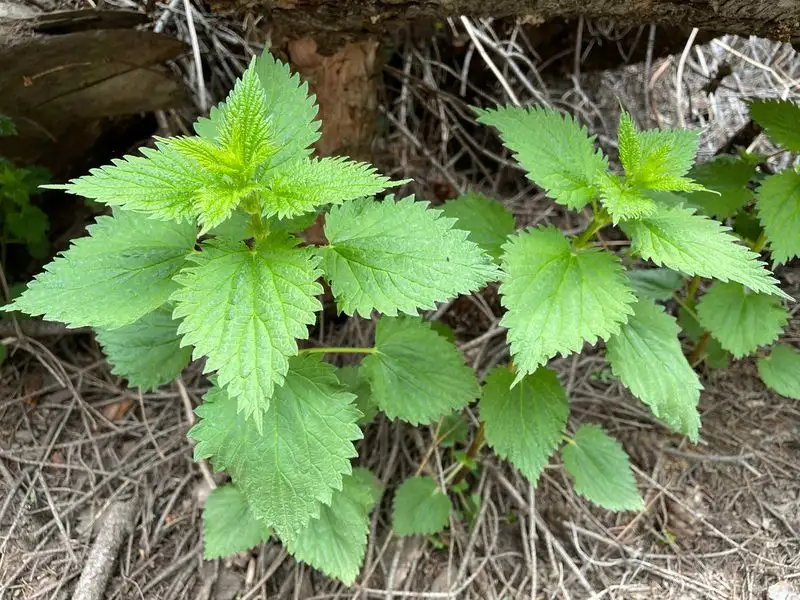
Though often regarded as a pesky weed, stinging nettle has numerous health benefits. It’s rich in vitamins and minerals, making it a nutritious addition to teas and soups. Nettle prefers moist soil and partial shade, thriving at garden edges or under trees. Wearing gloves is essential when harvesting to avoid its sting. Once cooked or dried, nettle loses its sting and becomes safe to consume. Growing nettle can provide a sustainable source of nutrition and a natural remedy for various ailments, enriching your herbal repertoire.
Lemon Balm
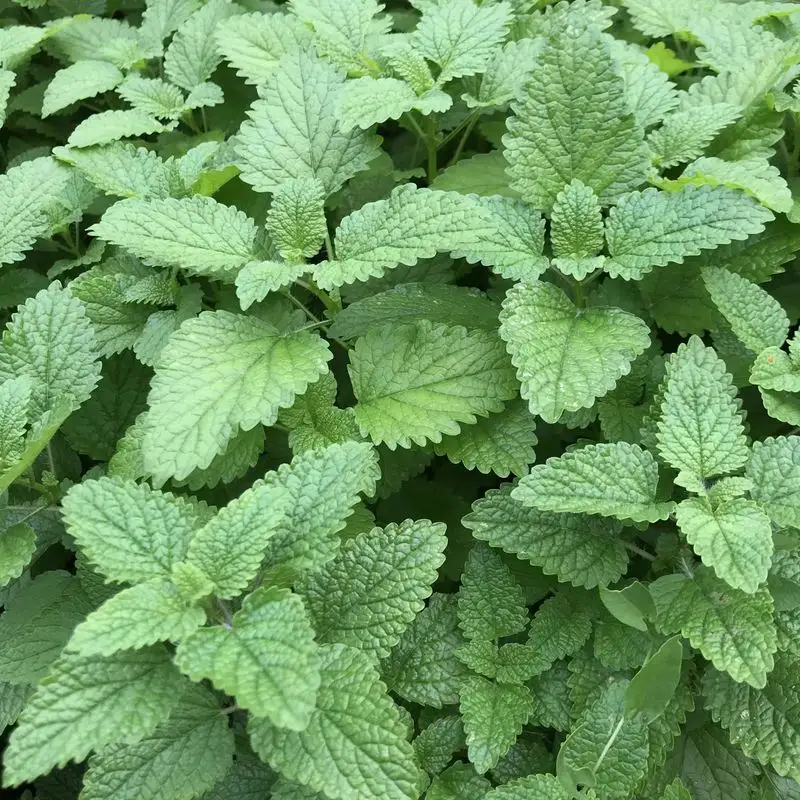
Lemon balm is beloved for its calming properties and delightful lemon scent. Often used in teas, it can help reduce anxiety and promote sleep. Lemon balm thrives in well-drained soil with full to partial sun. Regular pruning encourages bushier growth and a continuous supply of fresh leaves. Its enticing aroma attracts pollinators, adding ecological value to your garden. By growing lemon balm, you enrich your garden with a plant that offers both sensory delight and potential health benefits, creating a serene and inviting outdoor space.
Dandelion

Dandelions are more than just weeds; they offer various health benefits, particularly for liver health and digestion. Their roots and leaves can be used in teas and salads, providing a nutritional boost. Dandelions thrive in almost any soil, making them easy to cultivate in gardens or containers. Regular harvesting prevents them from overtaking other plants. Embracing dandelions in your garden allows you to utilize a simple yet powerful plant, transforming a common weed into a valuable addition to your herbal collection.
Thyme

Thyme isn’t just a culinary herb; it’s also revered for its antiseptic and cough-relieving properties. This aromatic plant loves sunny spots and well-drained soil, making it a versatile addition to herb gardens. Thyme’s small leaves can be used fresh or dried for teas and cooking, providing a flavorful and medicinal boost. Regular trimming keeps the plant compact and encourages new growth. With thyme, you can enhance your garden’s fragrance and utility, benefiting from its rich aroma and health-supporting qualities.
Sage
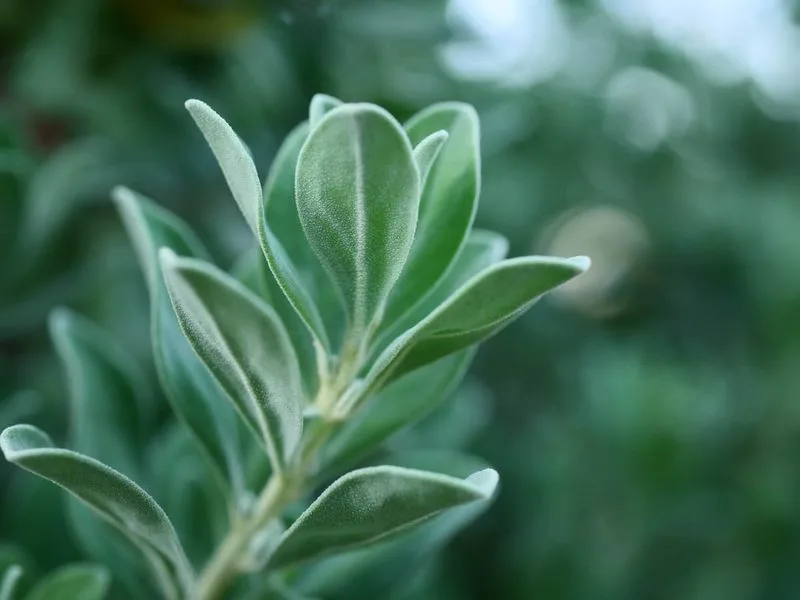
Sage is valued for its anti-inflammatory properties and ability to soothe sore throats. Its silvery leaves add texture and color to any garden, while its medicinal uses are abundant. Sage thrives in well-drained soil and enjoys full sun, making it easy to cultivate. Its leaves can be harvested for teas, tinctures, or culinary dishes, offering both flavor and health benefits. Including sage in your garden can provide a reliable source of natural remedies and a touch of elegance to your plantings.
Basil
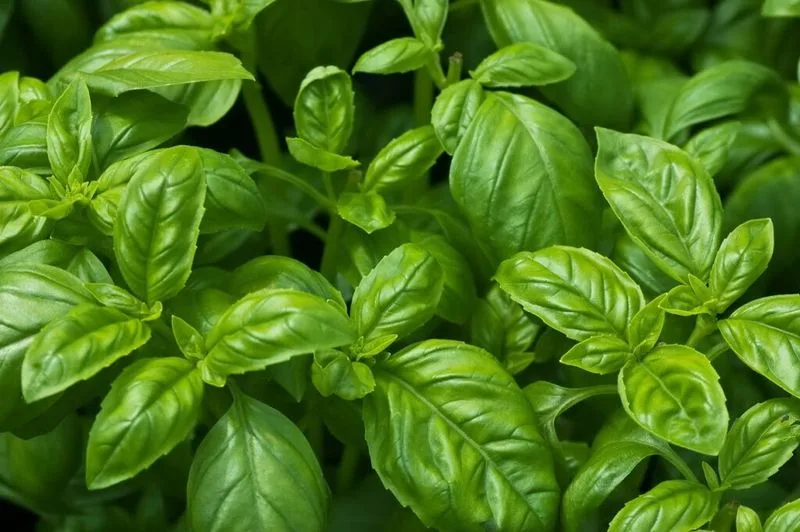
Basil is famous for its culinary uses, but it also offers medicinal benefits, such as reducing inflammation and promoting digestion. This fragrant herb thrives in warm, sunny conditions, requiring regular watering and pinching back to encourage bushiness. Basil’s aromatic leaves can be used fresh or dried, adding both flavor and therapeutic value to meals. Growing basil at home not only enhances your cooking but also provides a natural remedy for common digestive issues, making it a versatile and attractive addition to your indoor or outdoor garden.
Comfrey
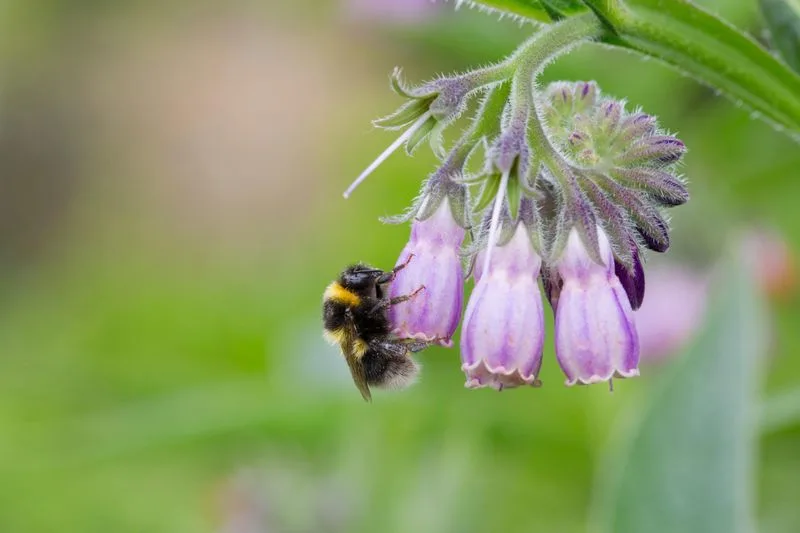
Comfrey is celebrated for its ability to promote healing of wounds and fractures, thanks to its high allantoin content. This robust plant thrives in damp, shady areas, making it suitable for less sunny spots in your garden. Comfrey’s leaves can be used in poultices or compost, offering both medicinal and ecological benefits. Regular pruning prevents it from spreading uncontrollably. By cultivating comfrey, you add a valuable plant with multiple uses, supporting both personal health and garden vitality with its healing properties.
Feverfew
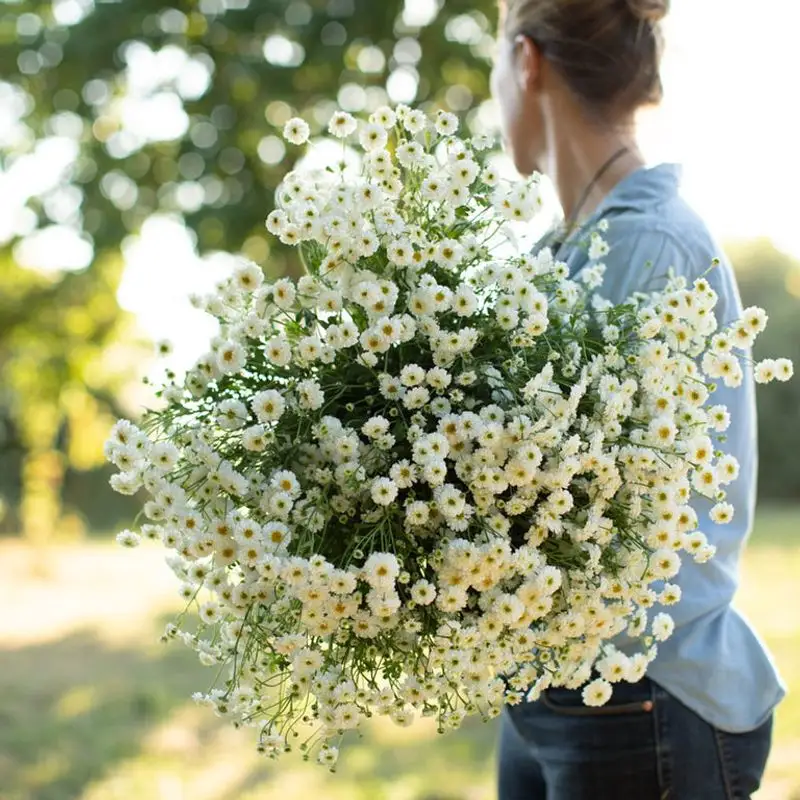
Feverfew is renowned for its ability to reduce migraines and headaches. Its delicate, daisy-like flowers bring charm to any garden, while its medicinal benefits are substantial. Feverfew prefers sunny locations and well-drained soil, thriving with minimal care. Regular harvesting of its leaves and flowers can provide a steady supply for teas or tinctures. Incorporating feverfew into your garden allows you to harness a natural remedy for headaches, while also enjoying the visual appeal of its vibrant blooms.
Rosemary
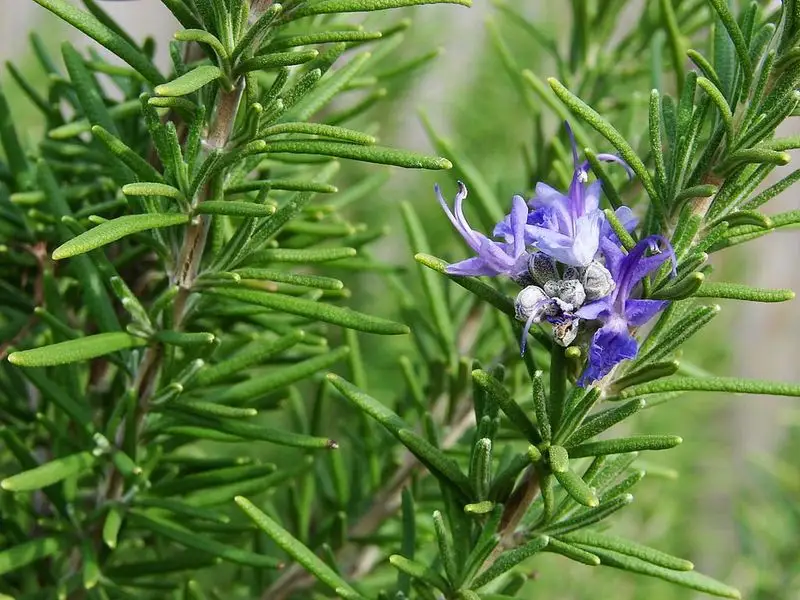
Rosemary is more than a culinary staple; it is known for enhancing memory and concentration. This aromatic herb requires well-drained soil and full sun to thrive. Rosemary’s needle-like leaves can be harvested year-round, adding flavor and medicinal value to dishes and teas. Regular pruning keeps the plant in shape and encourages fuller growth. By nurturing rosemary, you enrich your garden with a plant that supports both the mind and body, offering a blend of aesthetic and therapeutic benefits.
Marshmallow
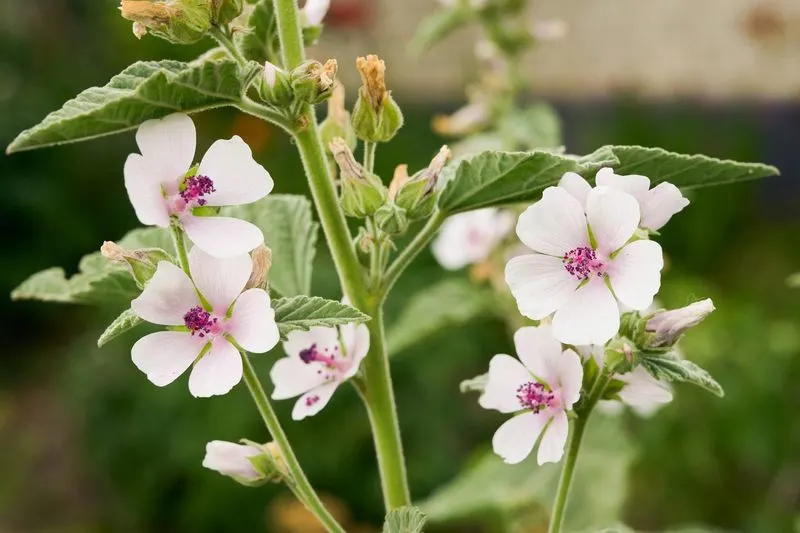
The marshmallow plant has soothing properties, particularly for sore throats and digestive issues. Its roots and leaves can be used to make soothing teas and syrups. Marshmallow thrives in moist, loamy soil with plenty of sunlight, making it an excellent choice for gardens with a damp corner. Regular care ensures healthy growth and a continuous supply of its beneficial parts. By growing marshmallow, you introduce a plant that offers gentle relief for common ailments, enhancing your herbal medicine cabinet with its natural healing touch.
Valerian

Valerian is revered for its sedative effects, often used to promote sleep and relax muscles. This hardy perennial enjoys full sun and well-drained soil, thriving with minimal intervention. Valerian’s roots are the primary source of its medicinal properties, commonly used in teas or tinctures. Cultivating valerian can provide a natural solution for insomnia and stress, adding a soothing presence to your garden with its tall, graceful flowers. It’s a valuable addition for anyone seeking natural relaxation aids.

